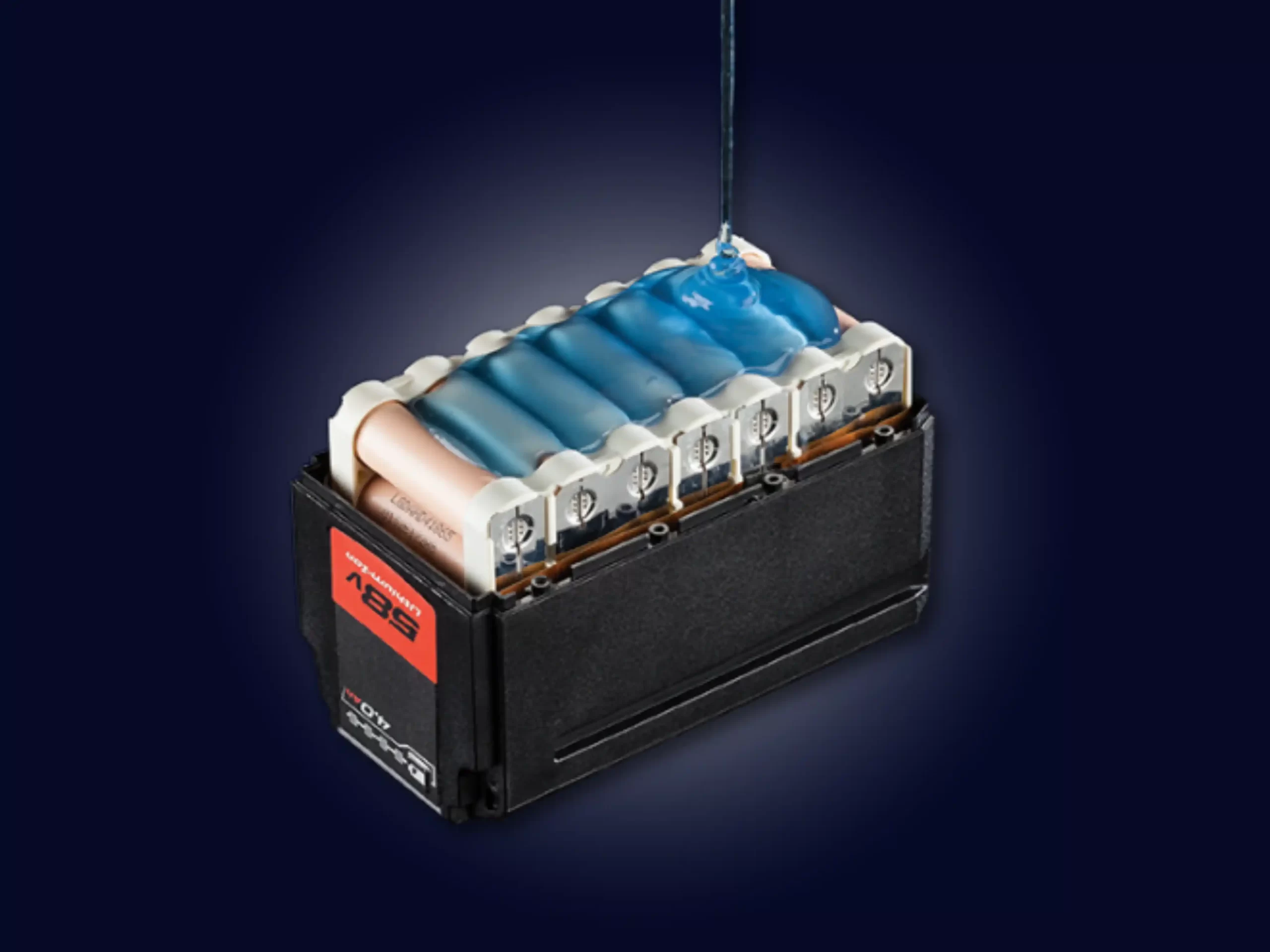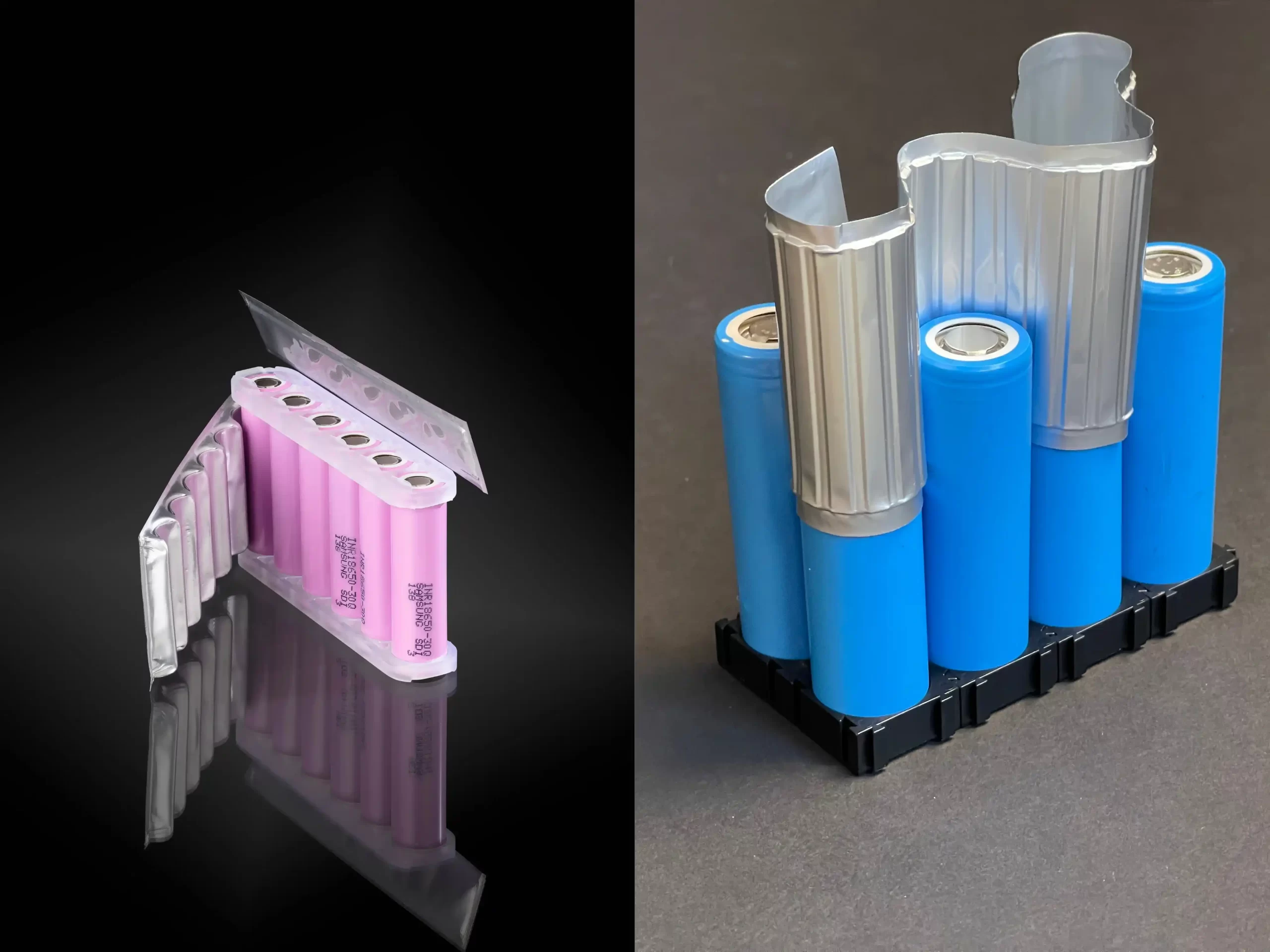Latent Heat Solutions
“India Market Support to global Automotive Companies”
Innovative ◦ Green ◦ Safe
Latent Heat Solutions LLC, based in Golden, Colorado, has been providing Latent Heat Storage (LHS®) based passive thermal management solutions for more than 25 years. LHS® materials are engineered for a variety of vehicle categories: from 2/3 wheelers to delivery trucks. Many LHS® products are designed for Indian high-ambient environments, where many of our customers have been able to achieve a 17oC reduction in peak temperature. The key benefits of safety and pack improvements more than compensate for the investment, through an up to 40% increase in battery-life by reduced cell-degradation.
Fill and Flow (F&F)
LHS® thermal management materials provide energy absorption, heat storage and heat dissipation characteristics for passive thermal control. It provides for homogenous and lower pack/cell temperatures leading to longer cell-life, and lower overall energy and replacement costs.
LHS® F&F is specifically designed to fill enclosed and small cavity systems by completely flowing around, encompassing and contacting all fully enclosed cell and pack surfaces.
F&F is recommended to use when customers are looking only for thermal management.
To download the datasheet, click on the tab below:

XTS®
The primary component of any XTS® design is LHS® thermal capacitance material, which is designed to control the heat generated either from standard operating conditions or events that can lead to thermal propagation. Its ability to dissipate thermal energy per mass can be tailored for specific needs.
Key Benefits
-
- Modular design for a targeted approach to achieve optimized thermal performance with reduced weight
- Scalable to a diversity of LiB pack architectures
- Key components have multiple functions in terms of thermal management, that is
- Enhanced thermal capacity for cooling behaviour during normal pack operations while inhibiting cell-to-cell thermal transfer during abuse events
- Conversion of thermal energy from ejecta during cell(s) rupture for protection of adjacent cell or additional pack components
To download the datasheet, click on the tab below:

